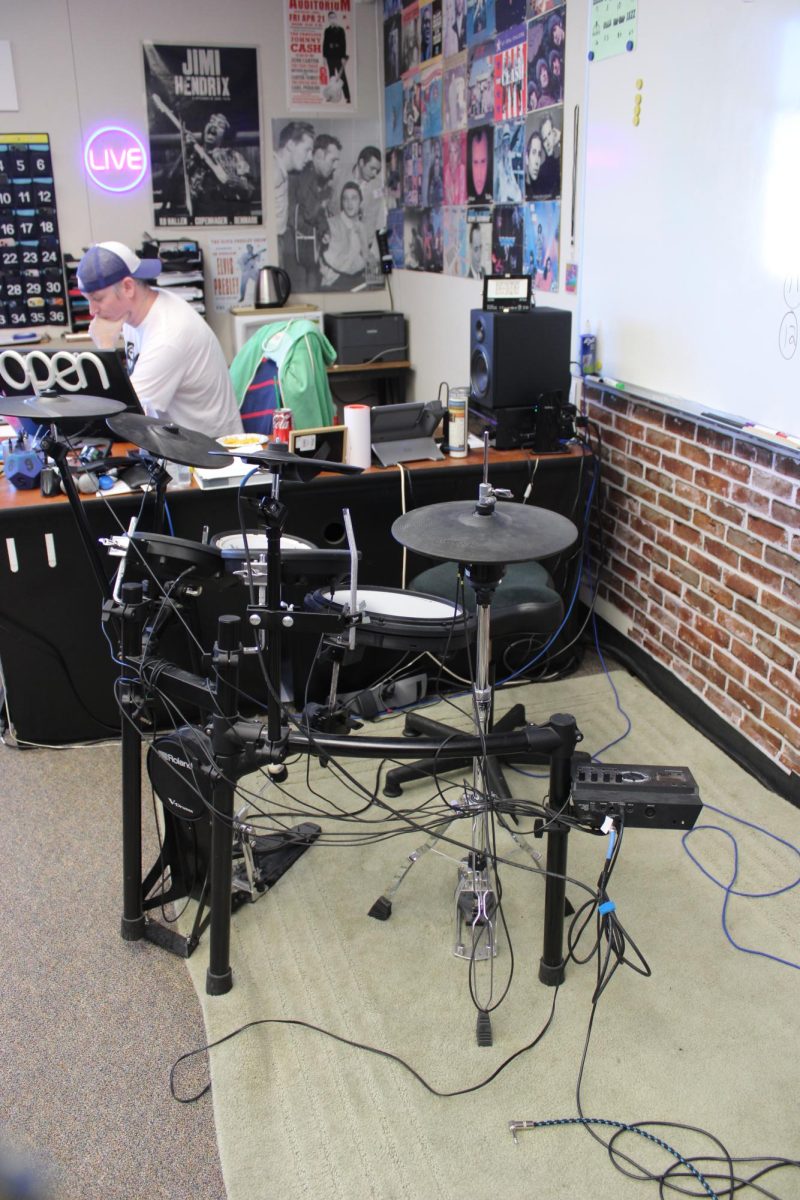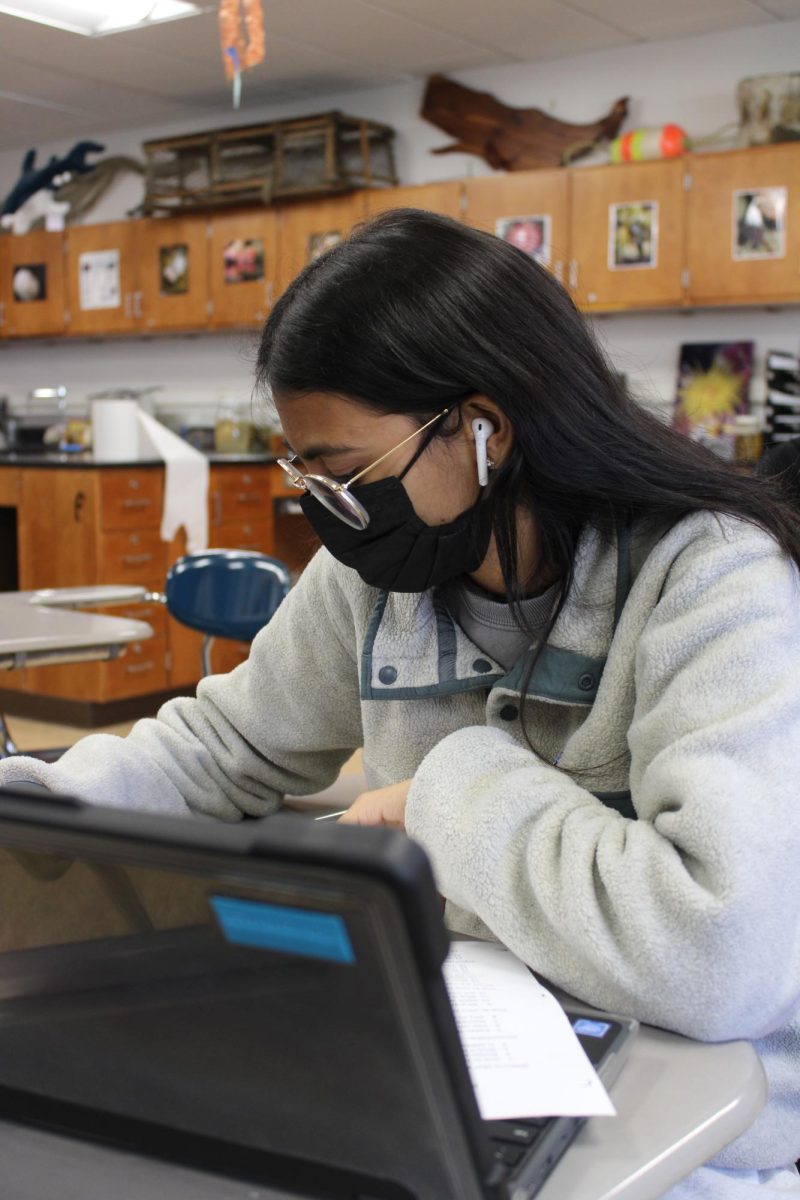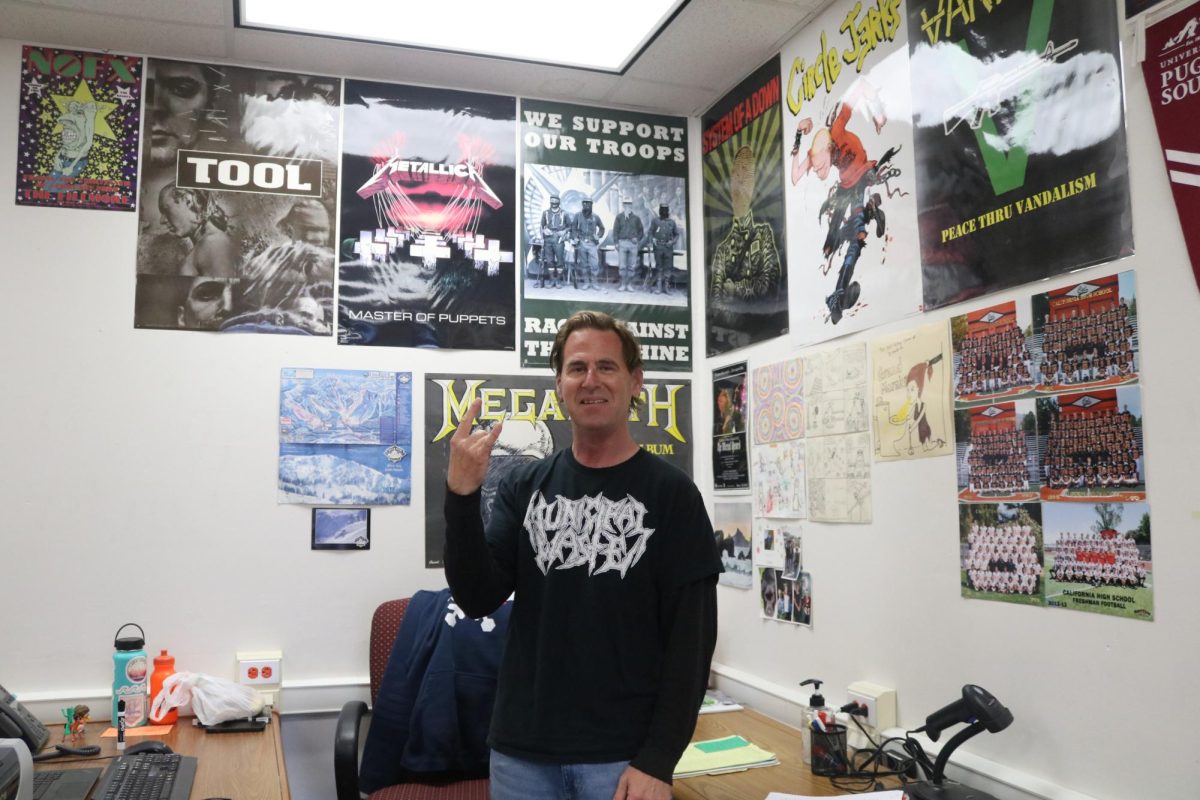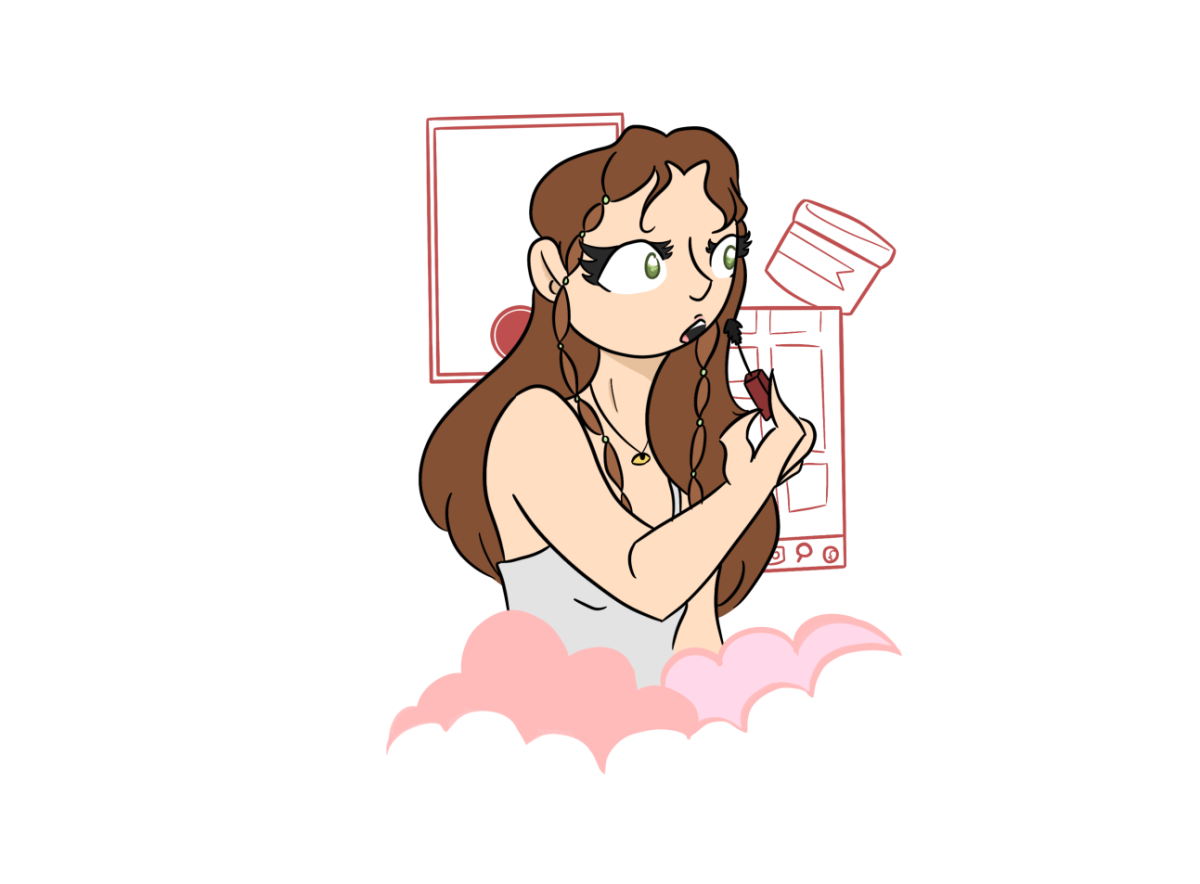By Mehul Trivedi, online editor, and Nisha Panjabi, staff writer
Fifty years ago, the idyllic picture of a family was a mom, dad and two kids sitting around a dinner table talking about how their day went.
Today, that scene is replaced with something more along the lines of a family eating silently in front of a television, getting caught up with Snooki on “Jersey Shore.”
Needless to say, family interactions have changed a lot in the past 50 years and, with that, so has the typical family unit.
These changes have been caused by a multitude of societal pressures, ranging from extremely high divorce and adoption rates. But the biggest influence on family relationships is technology, according to Cal High students.
“Maybe it’s because we’re teens, but I think technology changed family relations,” said junior Sophia Lofaso.
In an age filled with technological distractions such as Facebook, video games and smart phones, some families like Sophia’s prohibit electronics during dinner and other family bonding times.
But this is not the case with all families and as a result, there is a marked decline in familial interactions, perhaps best exemplified by the fall of family dinners.
Fifty years ago, daily family dinners were not only the social norm, but were a great source of familial interaction. For families today, however, dates have to be scheduled for this once-sacred ritual.
“We only eat dinners together on Taco Tuesdays,” said sophomore Brittany White.
Technology has definitely played a part in the demise of dinnertime conversations, but to say that it completely hinders familial interactions is not accurate.
“Technology in itself is not a hindrance, but it depends on how you use it, “said history teacher Scott Hodges, whose family often plays video games like “Rock Band” together.
Family interactions are not the only things that have changed over time. Over the last couple of decades, the female role in a family has changed.
Instead of being homemakers, women now tend to work full time, partly out of choice, and partly out of necessity.
“Before, it may have been OK for one person to work,” said Hodges. “But today it’s definitely harder to do so.”
Today, the number of stay-at-home moms in the U.S. hovers around 15 percent nationally, down from virtually 100 percent before World War II.
“I think that women’s roles have changed and have become more equal to men over the years,” said junior Nicole Walker. “Women now have jobs and work to provide for their family.”
Stay-at-home women historically had the job of running a family and having children. But as a result of this decline, rates of divorce and adoption have risen.
Since 1996, the number of families with adopted children has increased more than 50 percent, according to the Population Reference Bureau.
Adopted children at times have difficulty fitting in to their families, resulting in strained relationships.
Junior Rina Sires, who was adopted from Russia, says communicating with her family was a struggle.
“Besides having a language barrier, communication was difficult not only because of language,” said Rina. “It’s natural to feel uncomfortable communicating with someone who aren’t your real parents.”
Although Rina gets updates about her biological mother, she never speaks with her.
The last 50 years have seen drastic changes in both the concept of family and familial interactions, and the coming decades are assured to bring more.
“Divorces and split families and adoption are more common now, whereas in the old days, families were conservative,” said Nicole.





